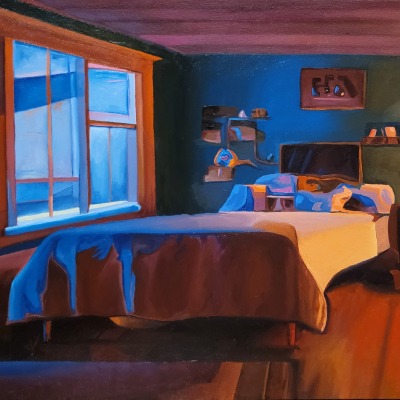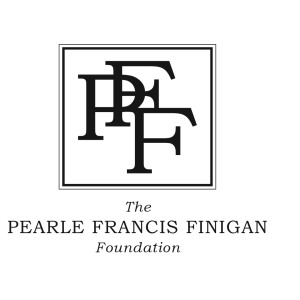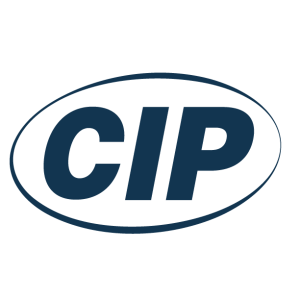The Power of Dark Matter
The Power of Dark Matter
Dramatic dark areas in artwork are eye catching and intriguing. The high contrast of dark to light empowers the artist’s subject, intensifying the focal points of the print. Artists use various printing methods to make dark prints. The mezzotint technique was the first tonal method used to create dark areas. It allows half-tones to be produced without using line or dot-based techniques like cross-hatching or stipple. Mezzotints are created by roughening the metal plate with a tool with small teeth, called a rocker. The thousands of little indentations made by it hold the ink during printing to produce solid dark areas.
Aquatint is a less labor-intensive method to provide the same dark tonality. Rosin is sprayed onto the plate to create areas of printing instead of lines. After the rosin sets, the plate is dipped in acid which bites into the uncoated portions of the plate forming many pits to hold ink. Next the rosin and acid are cleaned from the plate and the image is then ready to be printed. Both mezzotint and aquatint may be combined with etching and drypoint.
Artists in The Power of Dark Matter exhibition employing these two printmaking methods include Dwight Kirsch, Doel Reed, Art Hansen, Chaim Koppelman, and Reynold Weidenaar. This exhibition, spotlighting dramatic darkness and contrasts in prints, may be seen on the second floor in the Lux Print Gallery. It is curated by Susan Soriente, the Gladys Lux Print Collection Curator.





























































